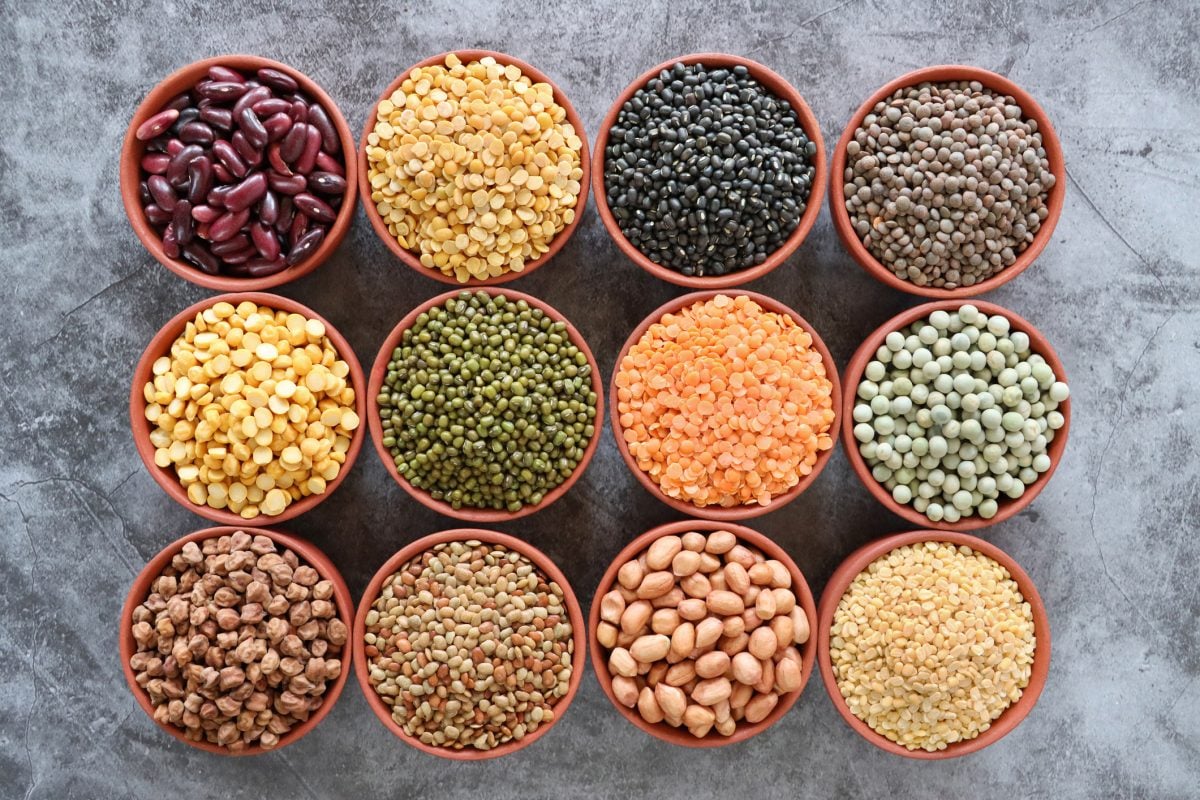CNS Canada — A plant disease specialist warns flooding in the eastern Prairies is an ideal breeding opportunity for crop disease.
Standing water will stress many plants once they’re fully saturated, said Faye Dokken Bouchard, a specialist with Saskatchewan’s agriculture ministry in Regina. Recovery times vary for young plants and often leaves them more prone to disease onset.
Fusarium and sclerotinia are just two of the diseases that stand to benefit from all the water, she said, “because most of the fungal pathogens that cause disease in the west (Prairies) need moist conditions to formulate or cause infection.”
Read Also

Pulse Weekly: SPG looks back at harvest, ahead to trade
Saskatchewan Pulse Growers executive director Carl Potts said this year’s harvest had strong yields as the organization now works on international trade.
Even if the plant isn’t under standing water, excess moisture will allow diseases to spread more rapidly, she said.
“If you had cereal crops that were at the flag-leaf stage and they got a lot of rain showers, they could get more spotting diseases,” she said, adding plants are also at risk of root rot.
Bouchard said she also doubts a lot of fungicide spraying happened in fields before the onset of the wet weather.
“With the fusarium head blight, if it remains humid from all the rain we had, or if we continue to get some showers we should be watching on a case-by-case basis.”
When it comes to crops like canola, Bouchard said it’s tough to initially detect diseases such as sclerotinia. It will be past the point of spraying when most farmers discover whether not they have it in their crop, she said.
“Canola hasn’t fully flowered yet so we can still get sprays for sclerotinia on canola.”
Pulse crops can also be especially susceptible to sclerotinia, she added, if they develop a lush canopy.
It’s impossible to say whether any major outbreaks will happen this year, she said, but the potential is there.
— Dave Sims writes for Commodity News Service Canada, a Winnipeg company specializing in grain and commodity market reporting.















